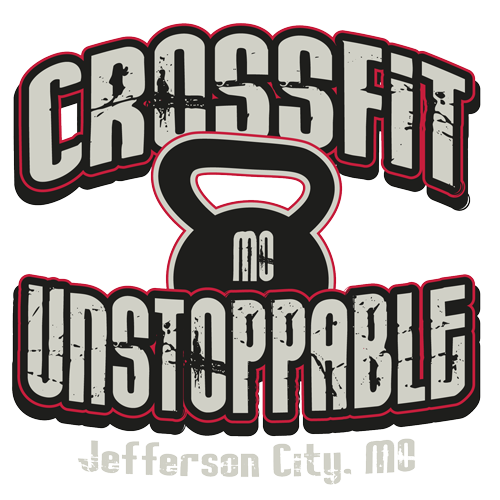The following is a guest post from featured coach Andy Bolton of Andy Bolton Strength:
The deadlift is an amazing exercise and one that you should include in your strength training routine if you want to add slabs of granite hard muscle to your body from head-to-toe, strengthen your posterior chain, and increase athletic performance. In fact, there may be no better exercise for working the hamstrings, glutes, entire back, and grip, and for making you bigger, faster, and stronger.
So, with that said, here are five tips for a stronger deadlift:
1. Work on Your Technique
If doesn’t matter whether you decide to deadlift conventional or sumo – you must work on your technique. The reason why you must work on your technique is because bad technique will lead to weakness and injury. Two things you want to avoid, right?
On the other hand – good technique will lead to stronger deadlifts and a much lower injury risk. Two things you definitely want.
So before you load up the weight and go heavy on your deads, spend a few weeks mastering the basics. Regardless of whether you deadlift conventional or sumo, here are some key tips:
Your lower back should be in a neutral position because rounding your lower back can be dangerous.
Your arms should be straight at all times because bending them is a recipe for bicep tears.
Your abs and lats should be tight throughout the duration of each and every rep. This will make you stronger and will help to stop your lower back from rounding
The bar must stay close to your body at all times. If you let it drift away from you, you’ll put extra stress on your lower back and you will severely limit the amount of weight you can lift. Great deadlifters have scars on their shins for a reason. Keep that bar close!
2. Train Explosively
You may find it hard to believe, but I rarely train anywhere near my maximum in the gym. For proof, consider the fact that I’ve pulled 1,008lbs in competition, yet I’ve never gone over 900lbs in training. Instead of maxing out, most of my training is done with sub-maximal weights, pulling doubles and triples as fast as possible, whilst always maintaining perfect form. Most of my training lifts are around 500-700lbs.
Let’s say you have a max deadlift of 400lbs – a respectable lift for a man weighing 200lbs. If I was training you in person, you’d do a ton of doubles and triples with 200 to 280lbs and occasionally we’d go a little heavier. Every eight to twelve weeks you’d test your max and only after a new max would you then increase your training weights.
3. Warm Up
Before hitting the fast doubles and triples with 50-70% of your max, you must warm up. Most guys don’t do this and it’s asking for trouble. When you warm up properly, you’ll not only decrease your injury-risk – you’ll also increase your performance. A pretty good return on investment, I’m sure you’ll agree.
Assuming you have a 400lbs maximum, here’s how a good workout could look, including warm up sets:
135lbs x 5 x 2 sets (warm up sets)
185kg x 3 x 2 sets (warm up sets)
200lbs x 2 x 2 sets (working sets)
225lbs x 2 x 2 sets (working sets)
245lbs x 2 x 2 sets (working sets)
260lbs x 2 x 1 set (working set)
280lbs x 2 x 1 set (working set)
Remember to pull every rep as explosively as possible, without sacrificing your form.
4. Decrease The Range Of Motion
Deadlifting from just below knee height can be done using a power rack, rubber mats, or wooden blocks and has several benefits:
You can overload the top part of your deadlift and get used to handling heavier weights.
You can build a stronger lockout
You can handle more volume because pulling through a partial range of motion isn’t as tiring as pulling from the floor
Sets of 3-8 reps work well.
5. Do Some Assistance Exercises
There are many additional exercises that you can use to help to build your deadlift. We call these assistance exercises. Here are some of the best:
Leg press: for building strong hamstrings, quads and glutes
Kettlebell swing: for strengthening the hamstrings, glutes, and lower back and for teaching you to be explosive
Plank: for teaching you to get tight from head-to-toe. All strength athletes need to know how to get tight
Farmer’s walks: For building grip strength and overall athleticism
Rows of all kinds: For building the lats and upper back – essential for a strong lockout on the deadlift
So there you have it – five big tips for a bigger deadlift. Use them wisely and you’ll pull a personal best very soon!


